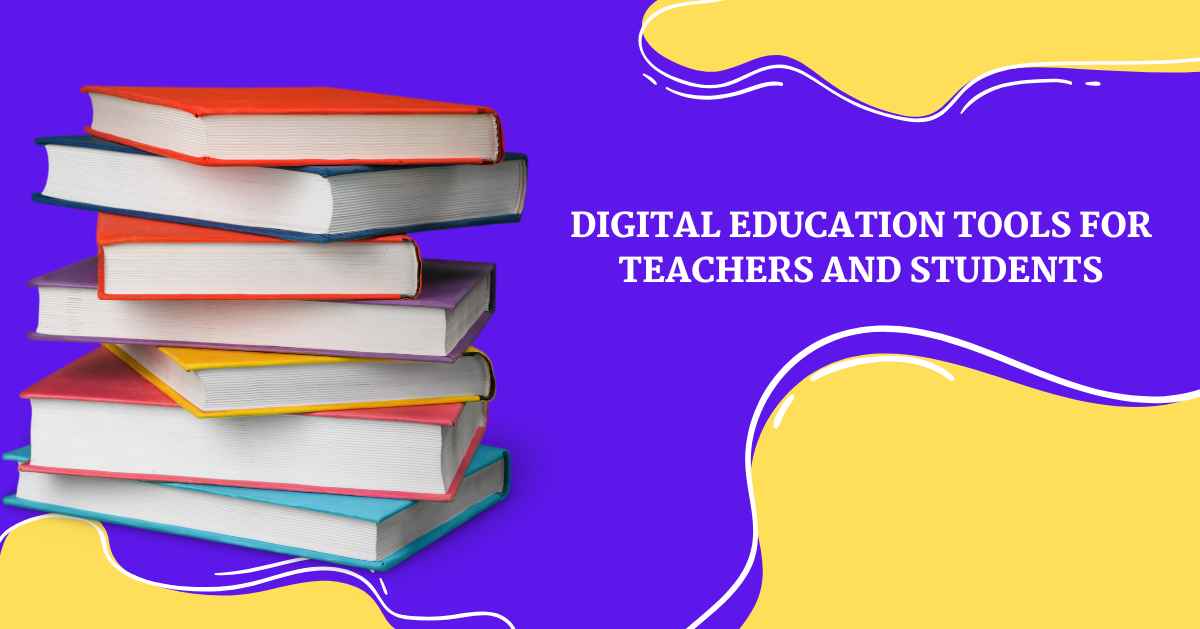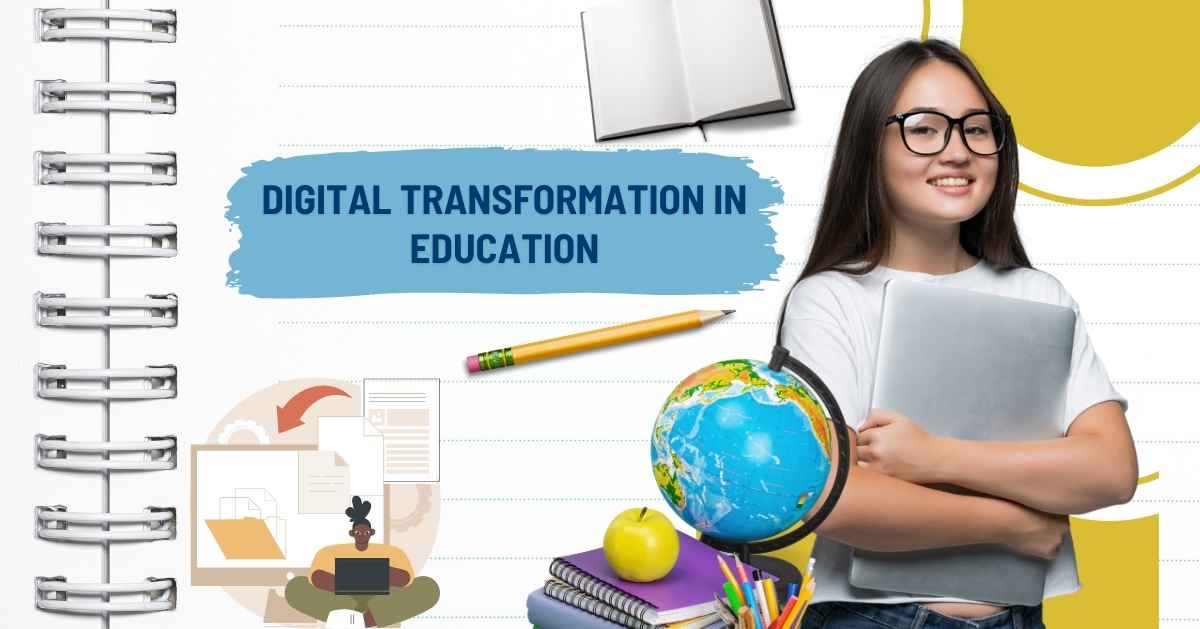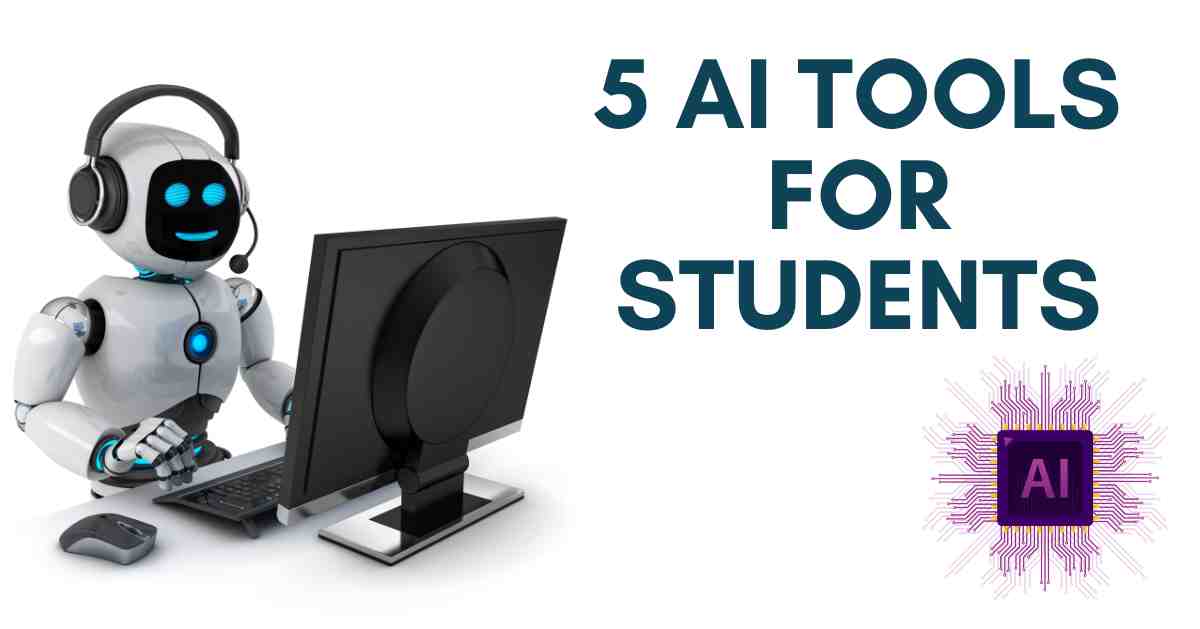What is the New Education Policy in India (NEP)?

The government just gave the thumbs up to the “New Education Policy in India (NEP).” It’s all about making significant educational changes, like cutting down on what students need to learn in school and eliminating MPhil programs.
The goal? To make education better for everyone and turn India into a significant player in the world of knowledge.
What is the New Education Policy 2024 (NEP)?
The New Education Policy in India 2024 (NEP) is a set of new rules for education in India. It was first made back in 1986 and last changed in 1992. The government, led by Modi’s BJP party, now wants to update it.
In July 2020, the Indian government approved the NEP. Its goal? To modernize education from schools to colleges and make India a big deal in knowledge worldwide. Along with this, they even changed the name of the Ministry of Human Resource Development to the Ministry of Education.
The NEP focuses on making education fair and good quality for everyone. It wants to make learning in schools and colleges more well-rounded, flexible, and aligned with the 2020 plan to improve the world.
| New System of Education 2024 | Summary |
| Background | The Modi government has introduced a new education policy, replacing the old 10 + 2 structure with a new 5 + 3 + 3 + 4 system. This means education will be divided into four stages: primary (grades 1-2), preparatory (grades 3-5), middle (grades 6–8), and secondary (grades 9–12). |
| Scheme Name | New Education Policy (NEP) |
| Ministry | Union Cabinet Minister for Human Resource Development, Government of India |
| HRD Minister | Dr. Ramesh Pokhriyal Nishank |
| Launched by | Central Government of India |
| Beneficiaries | Students of India |
| Major Benefit | Providing New Reforms and Infrastructure in India |
| Launch Date | 29th July 2020 |
| NEP 2020 Implementation Date | Implemented in the academic year 2023-2024 |
| Scheme Objective | Education System Reform |
| Scheme under | State Government |
| Coverage | All India |
| Post Category | Scheme/ Yojana |
| Official Website | https://www.education.gov.in/ |
India’s Education System: Key Historical Moments
- 1948: The University Education Commission was created.
- 1952: The Secondary Education Commission started its work.
- 1964–1966: The Indian Education Commission was formed.
- 1968: The first National Education Policy came into effect.
- 1986: A new education policy was made.
- 1992: Changes were made to the previous education policy.
- 2005: The 1986 education policy was updated.
- 2020: The cabinet approved the new National Education Policy (NEP).
What is the 5+3+3+4 Education Structure?
India’s education system got a big makeover with the New Education Policy (NEP) 2020. One significant change is moving from the old 10+2 setup to the new 5+3+3+4 plan. This new setup breaks down learning into different stages. Let’s take a closer look.
The Four Stages of Education
The NEP 2020 introduces a new way of organizing education into four stages: Foundational, Preparatory, Middle, and Secondary. These steps are crucial for shaping students’ overall development throughout their schooling.
Foundational Stage (5 Years): This stage covers the first five years of education, including three years of early childhood education (like in Anganwadi or Pre-Primary) and grades one and two. The focus here is on building a solid foundation in basic skills.
Preparatory Stage (3 Years): Spanning grades three to five, this stage prepares students for more advanced learning. It focuses on strengthening fundamental knowledge to get ready for higher-level subjects.
Middle School (3 Years): Grades six to eight comprise the middle school stage. Here, students better understand various subjects and learn critical thinking and problem-solving skills.
Secondary Stage (4 Years): The final stage lasts from grades nine to twelve. It gives students more time to explore subjects in depth, specialize in specific skills, and grow holistically.
This new structure aims to provide a well-rounded education experience that prepares students for their future paths.
Why is the 5+3+3+4 Structure Important?
This new structure aims to focus more on students’ cognitive development. It outlines schooling phases for kids, helping them from a young age. This new system builds stronger foundations for students throughout their schooling, from the beginning to the end. It also expands education rights from age 3 to 18, offering greater support throughout their school journey.
Additionally, it’s expected to greatly enhance student retention rates. With this new framework, more students will likely stay in school for their entire academic journey. This structure benefits students, contributing to higher literacy rates and a brighter future for our country.
Benefits of the New Education Policy 2023
Here’s what you need to know about the advantages and features of this policy:
- Replacing the Old Policy: The Ministry of Education introduced the New National Education Policy, replacing the former.
- Ministry Renaming: The Ministry of Human Rights Resources is now the Ministry of Education.
- Universal Education: The new policy aims to make education available to everyone except for medical and law studies.
- New Learning Structure: The new policy adopts a 5 + 3 + 3 + 4 pattern, replacing the old 10 + 2 system.
- Flexible Subjects: Students can now study diverse subjects like accounting alongside physics or the arts.
- Computer Learning: Starting in sixth grade, students will learn computer languages.
- Digital Schools: All schools will be equipped with digital technology.
- Regional Language Support: They will translate all content into regional languages and establish virtual labs.
- Cost: Implementing the NEP will require 6% of the GDP.
- Language Choices: Learners can study Sanskrit and other ancient Indian languages.
- Reduced Exam Stress: We will hold board exams annually to reduce student stress.
- AI Assistance: Artificial intelligence software will aid in learning.
- State Language Requirement: Students will learn three languages per state’s choice.
- Curricular Framework: The National Council of Educational Research and Training will develop the national curricular framework.
- New Institutions: We will establish various institutions to implement the National Education Policy.
[Read More: Advantages and Disadvantages of Mobile Technology]
New NEP 2023: Simplified Overview
The Modi government has introduced a new education policy, and a big change is scrapping the 10 + 2 system. Our education system used to have a 10 + 2 structure. Now it’s changing to a 5 + 3 + 3 + 4 setup. Here’s a closer look:
- Extended Schooling: The policy makes schooling mandatory for children aged 3 to 18, including three years of pre-schooling. It focuses more on early childhood care and education (ECCE).
- Language in Teaching: The policy backs teaching in native languages until Grade 5 and encourages learning multiple languages.
- Higher Education Changes: A Higher Education Commission will oversee higher education, except for medical and legal fields. It plans to give colleges more autonomy gradually.
- Subject Blur: The policy removes rigid distinctions between arts and sciences, curricular and extra-curricular activities, and vocational and academic programs.
- Flexible Degrees: Undergraduate degrees offer multiple exit options after three or four years. A digital credit bank will store earned credits for easy transfer.
- Universal Access: The focus is on making education accessible and ensuring students’ holistic development.
- Foundational Skills: From Grade 3 onwards, we will prioritize teaching basic literacy and numeracy skills. 3 onwards.
- Higher Enrollment: The policy aims for a 50% graduate enrollment ratio by 2035, with measures to reduce dropouts.
- Distance Learning: Distance learning standards will improve with online courses and the recognition of Massive Open Online Courses (MOOCs).
- Tech Innovation: A new forum will promote technological innovation in education, benefiting classroom teaching and teacher training.
- Global Collaboration: We’ll foster connections with universities abroad and support faculty exchange programs.
- Increased Investment: The central and state governments will collaborate to boost education investment up to 6% of GDP.
The new policy tackles issues in the education system and aims to better connect vocational and formal education.
Conclusion
The New Education Policy (NEP) in India aims to transform the education system by emphasizing holistic development, flexibility, and skill-based learning. Fundamental changes include the restructuring of the school curriculum, a focus on early childhood education, increased use of technology, and the promotion of multilingualism. The NEP seeks to create a more inclusive, equitable, and innovative educational environment for all students.
FAQ”s
The new education policy emphasizes holistic development, skill-based learning, flexible curriculum, and multilingual education.
The new policy aims to create a more inclusive, equitable, and innovative educational system, preparing students for the future job market.
The new education policy was approved on July 29, 2020.
We are currently implementing the NEP, introducing different stages and aspects gradually across the country.
Learning aims to foster critical thinking, creativity, and lifelong learning skills, preparing students to thrive in a rapidly changing world.






